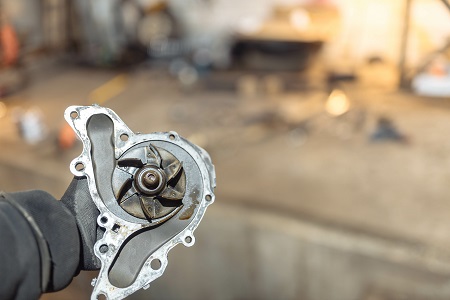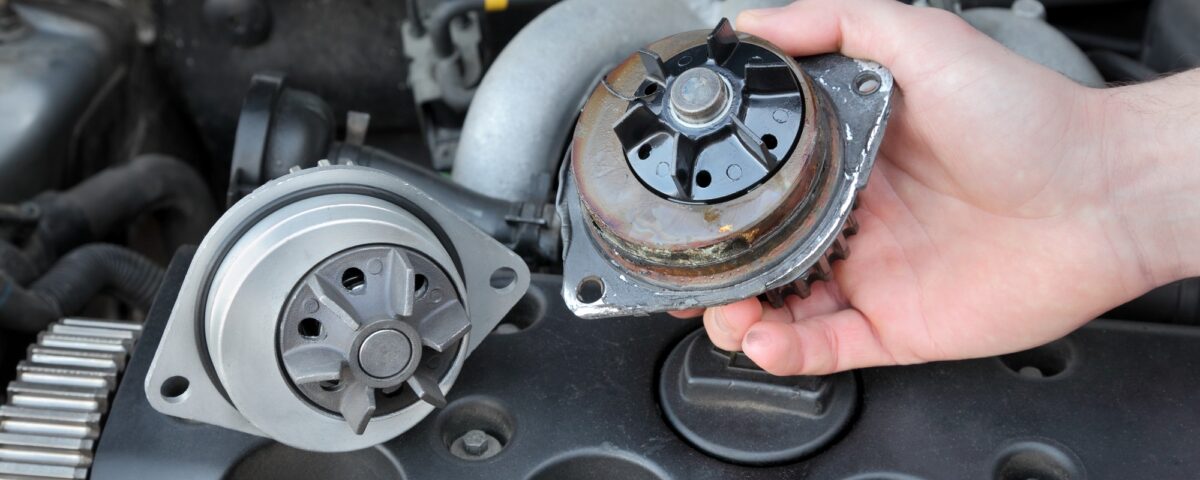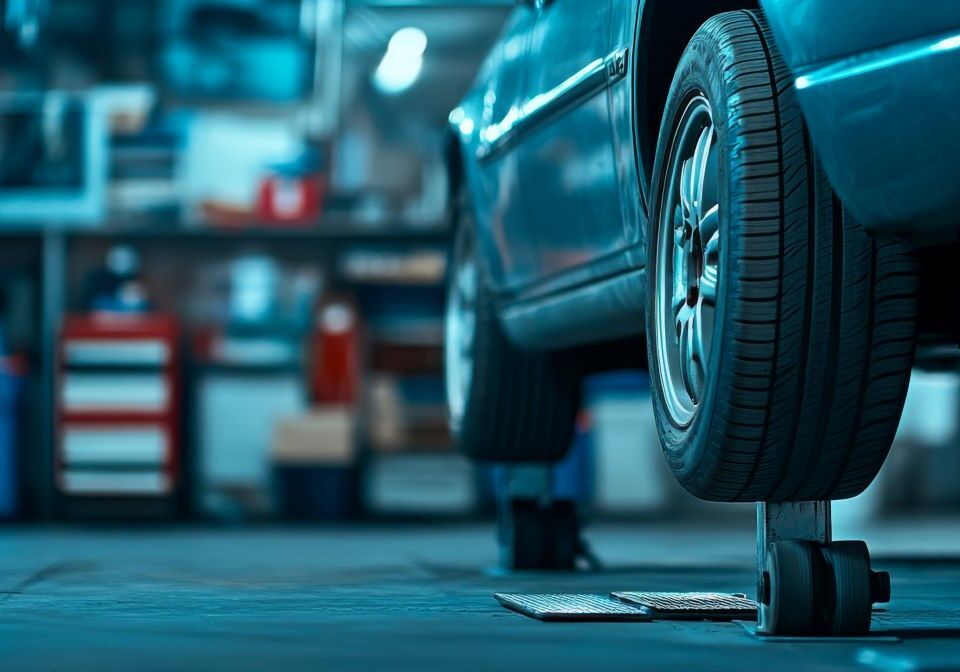
How Do I Know I Need A Radiator Replacement?
July 20, 2023
How Do I Take Care of My Jaguar?
December 13, 2023Is your car’s engine running hotter than usual? Have you noticed rust and corrosion around the water pump? If so, it’s likely time for a water pump replacement. A faulty water pump can lead to serious engine damage in no time, so you must pay attention to any signs of trouble. In this article, we’ll look at some of the key signs that you need a new water pump and how often they should usually be replaced. We’ll also discuss how to test whether or not your current pump is functioning properly. Don’t wait until it’s too late – knowing when to replace your car’s water pump could save you from costly repairs!
Your Coolant Is Leaking, or Its Levels Are Dropping Quickly

If you’re noticing that your coolant levels are quickly dropping or there’s evidence of a leak, it could be time to consider replacing your water pump. If there is a coolant leak emerging from the front and center, it is likely originating from the water pump. An issue with the engine’s coolant system can lead to major damage to other components, such as the engine oil and other parts.
If you need to frequently top up coolant levels or see signs of a leak, it’s best to take your car to a repair shop for inspection. Water pump failure is one of the most common causes of low coolant levels, so it may be necessary to replace it if any problems are found. Be sure to inspect the entire cooling system before deciding whether or not a water pump replacement is needed.
Your Engine’s Temperature Is Reading High
Is your engine dangerously hot? If so, it may be a sign that you need to replace the water pump in your car. The water pump is responsible for circulating coolant through your vehicle’s engine, and if it’s not working properly, then the engine can overheat.
If you notice your engine’s temperature is high, it’s essential to take immediate action to prevent any potential damage or breakdown. A high engine temperature could indicate various issues, such as a malfunctioning thermostat, a coolant leak, a failing water pump, or insufficient coolant flow. Ignoring this warning sign could lead to severe engine damage and expensive repairs.
To address the problem, safely pull over to the side of the road and turn off your engine. Avoid opening the hood right away, as the excessive heat could cause burns. Allow the engine to cool down before checking the coolant level and inspecting for any visible leaks. If you are unsure or unable to diagnose the problem, it is advisable to contact a qualified mechanic or towing service to assess and address the issue promptly.
Whining Noises from Your Engine
Do you hear a loud whining noise coming from your engine? It could be a sign that something’s wrong and needs to be addressed quickly.
If this noise continues, it could indicate that the water pump located near the engine has gone bad and needs to be replaced. This is usually caused by a broken bearing or an obstruction in the impeller blades, which can cause the pump to stop working altogether.
If you suspect a water pump problem, it’s important to get it checked out immediately. A mechanic should be able to diagnose if there’s an issue with your water pump and recommend replacement parts if needed.
Depending on how long the problem’s been going on, other components may also need replacing due to overheating or damage caused by debris in the system. Be sure to have all of these problems taken care of for the optimal performance of your vehicle!
Your Engine Is Overheating
Feeling heat radiating from your engine? It could indicate that your car’s overheating and needs urgent attention.
A water pump helps circulate coolant throughout the engine, so if it’s not working properly, your car can overheat quickly. Signs of an overheating engine include steam from under the hood and a temperature gauge that reads higher than normal. You may also notice decreased performance or hear strange noises from the engine compartment.
If you’re having any of these symptoms, have your vehicle checked by an expert mechanic as soon as possible to determine whether or not you need a new water pump.
Rust and Corrosion Around Your Pumps
Rust and corrosion can quickly damage a car’s water pump, leading to leaks and possible replacement. If you notice rust or corrosion around the pump, it could indicate an issue with your water pump.
To determine if you have a bad water pump, watch out for these four signs:
1. The presence of rusty water on the outside of your engine.
2. A build-up of grime or debris around the pumps.
3. Unusual noises coming from the pump itself.
4. Leaks in the hose connections near the pumps.
How Often Should You Replace Your Water Pump Normally?
It’s important to understand how often you should replace it normally. Generally speaking, your car’s water pump should be replaced every 60,000-90,000 miles. However, if you’re experiencing any of the signs discussed above—especially coolant leaks or noises coming from your engine—it’s best to have it checked out sooner rather than later. If the wear and tear on your pump is greater than normal due to a lack of maintenance or extreme driving conditions, you may need to replace it sooner. It is typically recommended to perform a thermostat replacement at the same time. The thermostat regulates flow coming from the water pump, and for many vehicles, the thermostat is consolidated into the water pump housing assembly.
How to Test If Your Water Pump Needs Replaced?
To ensure your car is running at its best, it’s important to regularly test if your water pump needs replacing. You can do this by checking the engine’s temperature when it’s running and looking for signs of leaking coolant near or on the pump itself. Your mechanic can also perform a flow test if there are unstable temperatures coming from the coolant on the exit side of your radiator.
Get Your Car’s Water Pump Replaced at Steve’s Imports

If your water pump fails, it can cause your engine coolant system to stop working properly, leading to your engine overheating. While there can be other reasons for engine overheating, a failing water pump is often the main culprit. At Steve’s Imports auto repair shop, we believe in providing thorough evaluation and precise diagnostics before replacing your water pump. We don’t think you should have to pay for unnecessary work, so we ensure that you only get the necessary repairs.
If you notice any signs of a failing water pump, schedule an appointment with us today.
Other auto repair services we provide:
- Transmission Repairs
- Brake Repair
- Engine Repair
- Check Engine Light Inspections
- Routine Vehicle Maintenance
Visit our About Us page for more information about our auto shop.


